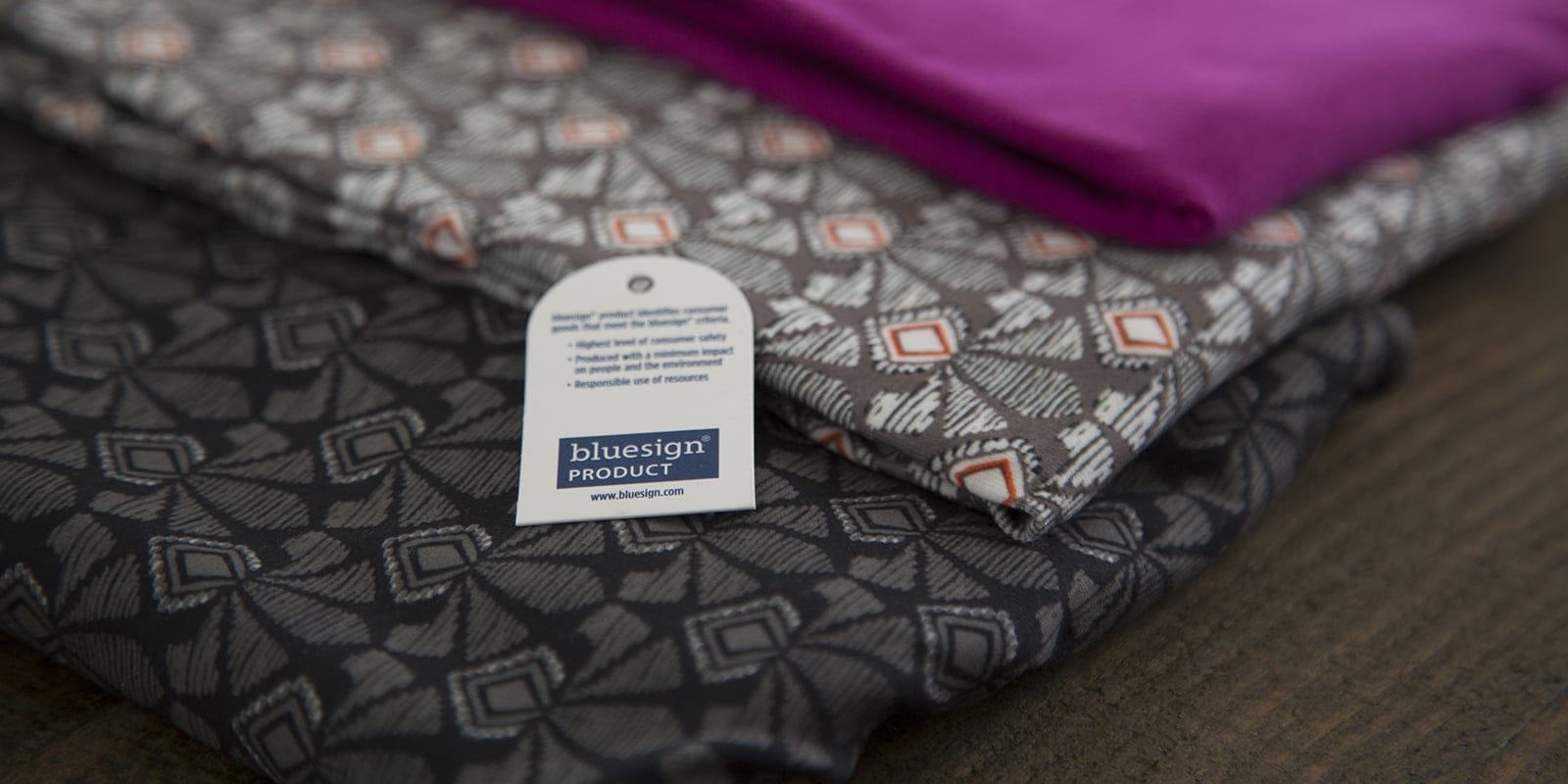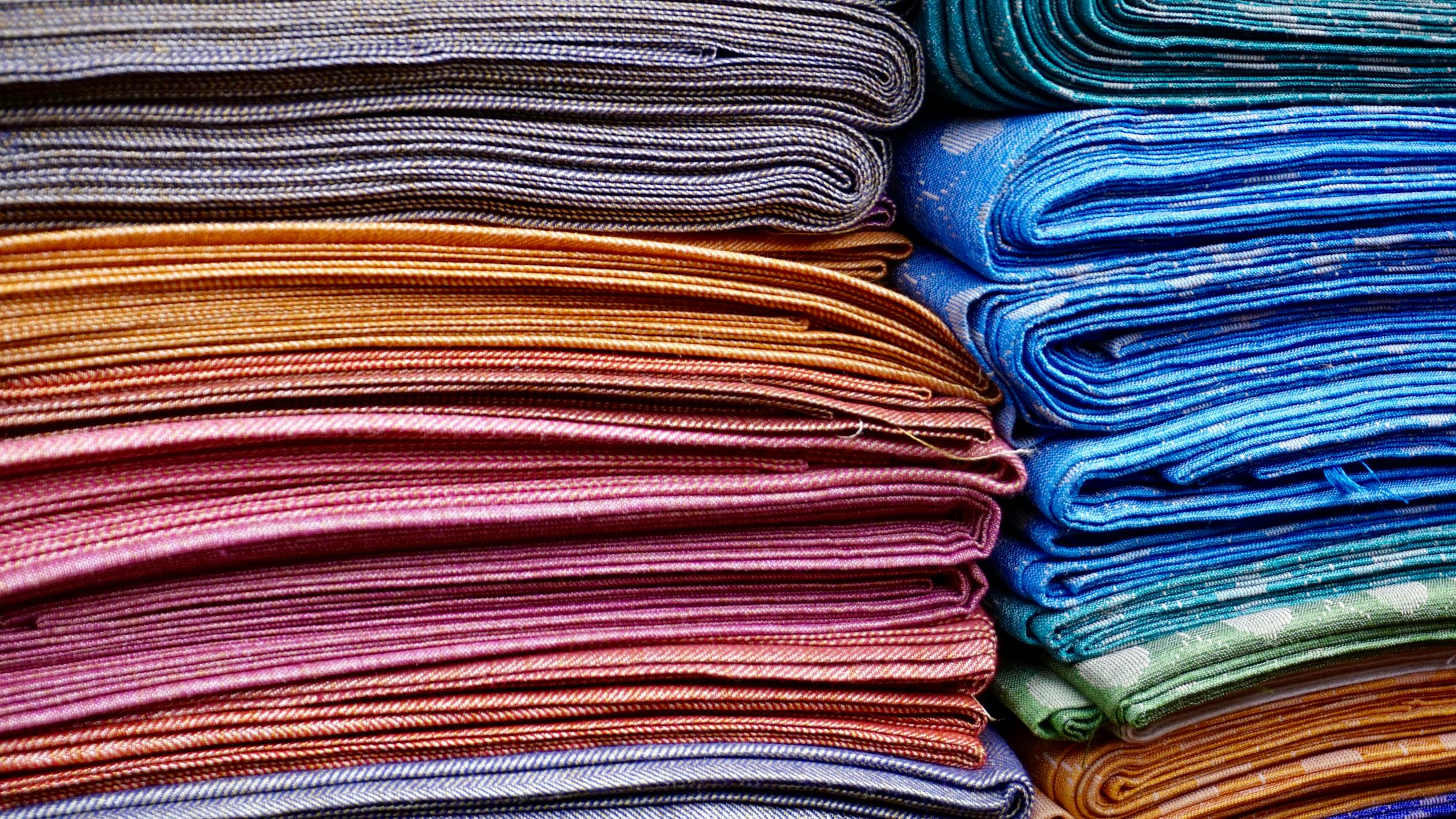
Swiss organization bluesign continues to lead the way in promoting chemical safety in the textile industry. Annually, the organization undertakes comprehensive revisions of its restrictions for chemical substances, ensuring stringent standards are upheld. These revisions are then published in the bluesign system substances list (BSSL), bluesign system black limits (BSBL), and bluesign restricted substances list (bluesign RSL).
The latest revision, released in 2023, takes into account the latest scientific knowledge regarding the toxicological and ecological profiles of substances. It also incorporates new legal classifications of chemical substances, updated consumer safety limits, and revised risk assessments following the bluesign Criteria for chemical assessment. Additionally, feedback from experts of its Chemical Expert Group (CEG) and new analytical standards have been considered during the revision process.
Significant Changes in Chemical Restrictions and Standards
In a significant move, bluesign announced that starting July 1, 2023, all perfluorinated and polyfluorinated alkyl substances (PFAS) used for durable water repellency (DWR) finishing have been removed from the bluesign Finder, aligning with the company's PFAS phase-out concept. Furthermore, after two years of monitoring chemical products, specific limits for bisphenol S, bisphenol F, and bisphenol AF have been established. The organization has also implemented alignment with ZDHC MRSL 3.1 and AFIRM RSL 2023.
The revised versions of BSSL and BSBL, namely BSBL v5.0 and BSSL v14.0, respectively, came into effect on July 1, 2023. These updated versions replace BSBL version 4.0 and BSSL version 13.0, both of which were in effect from July 1, 2022. The bluesign RSL version 14.0 is currently under preparation and will be published by the end of July 2023. To access the detailed information regarding the 2023 revisions, including the changes to substances and limits, interested parties can visit the bluesign website.
The relevant documents can be found under the headings BSBL v5.0, BSSL v14.0, bluesign RSL v14.0, BSBL v5.0 – Changes 2023, BSSL v14.0 – Changes 2023, and bluesign RSL v14.0 – Changes 2023. bluesign remains committed to driving continuous improvement in chemical safety practices, promoting sustainability and environmental stewardship across the textile industry.

A Revered Standard in Sustainable Textiles
Bluesign is revered in sustainable textiles due to its comprehensive approach and commitment to environmental and human health. The organization focuses on the entire textile supply chain, ensuring that sustainable practices are implemented from raw material sourcing to the finished product. By setting strict standards for chemical management, resource efficiency, and consumer safety, bluesign promotes transparency and accountability in the industry. Its holistic approach, encompassing scientific expertise, industry collaboration, and technological innovation, has earned bluesign a reputation as a trusted authority in sustainable textile production.
To become bluesign certified, a textile product undergoes an extensive evaluation process that includes assessments of the raw materials, production processes, chemical inputs, and overall environmental impact. This evaluation ensures that the product meets bluesign's high standards for chemical safety, resource efficiency, consumer safety, and environmental responsibility.
By obtaining bluesign certification, brands and manufacturers demonstrate their commitment to sustainable practices and responsible textile production. It provides assurance to consumers that the certified product has been produced with minimal impact on the environment, promoting transparency and credibility in the textile industry.